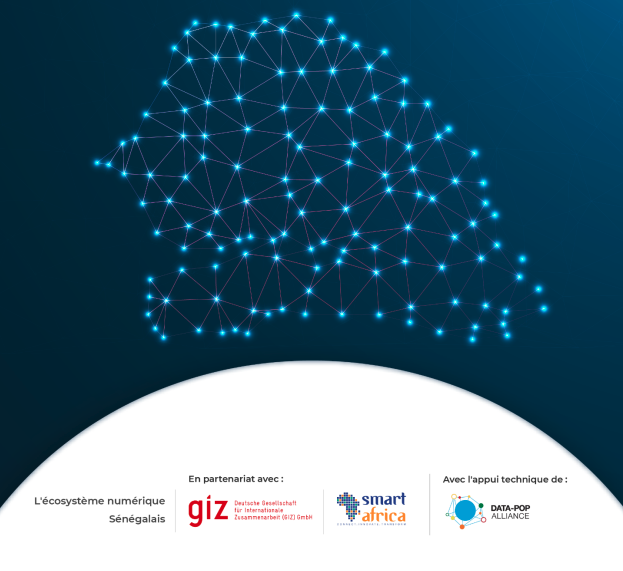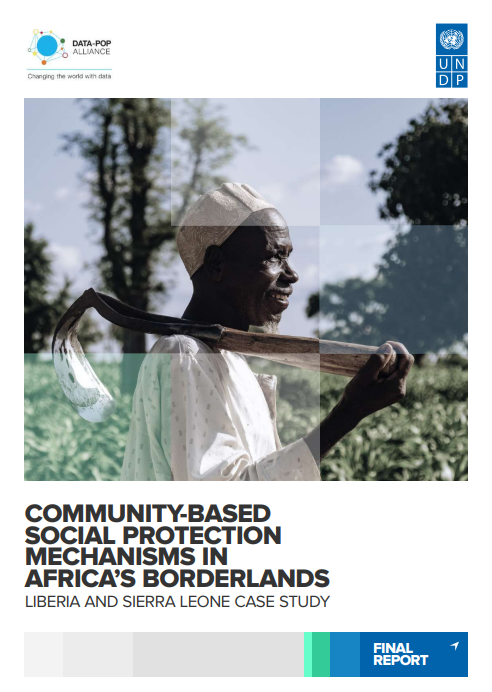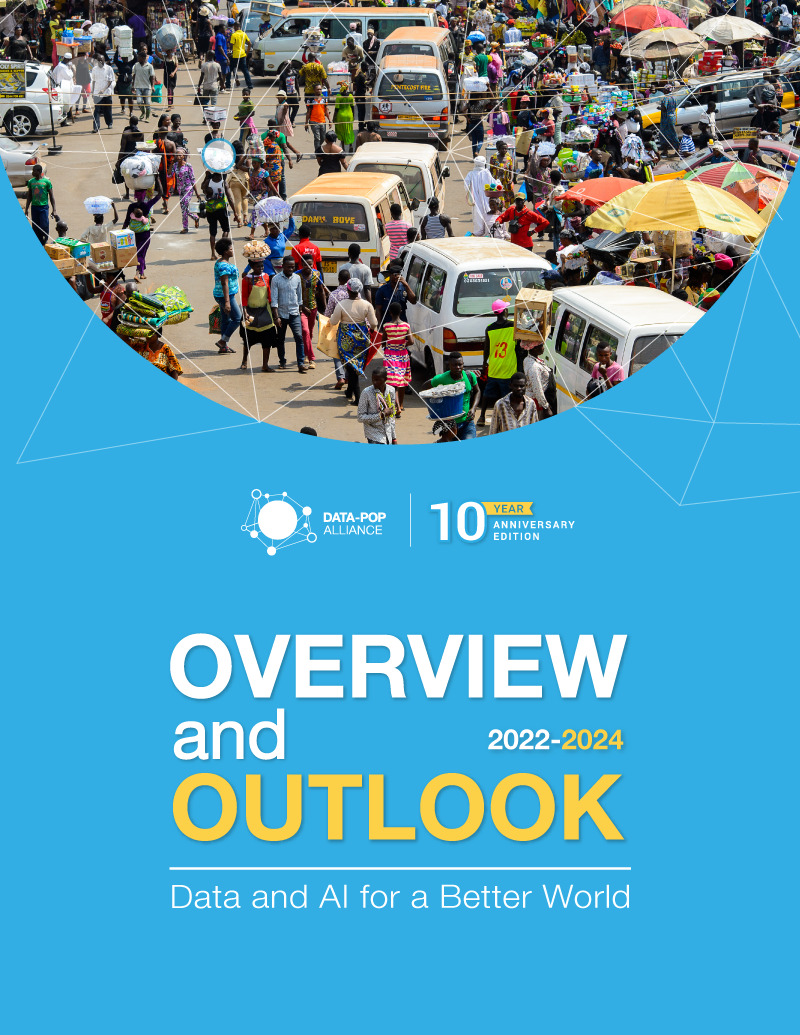This is the first in our Spotlights on Inequality series that offer an in-depth discussion of the intersection between inequality, data, and group privacy.
On 8 April 2016, the Center on Privacy and Technology (CPT) at Georgetown Law (@GeorgetownCPT) hosted the conference The Color of Surveillance, which brought together academics, activists and intelligence officials to present and discuss different aspects about the history and present-day practices of government monitoring of the African-American community. The introductory comments by Dean William M. Treanor (Georgetown Law), Prof. Paul Butler (Georgetown Law) and Prof. Alvaro Bedoya highlighted the timeliness and urgency of the topic. Dean Treanor pointed out that the events in Ferguson and the subsequent #BlackLivesMatter movement had rekindled the discussion on criminal justice, civil rights and surveillance in the United States. Prof. Butler, on the other hand, explained that, as a former prosecutor, he understood the need of the police to make use of the latest technologies but that, as an African-American man, he was simultaneously part of a community whose members often continue to be treated as enemies of the state, despite of the fact that they are usually immensely patriotic. Prof. Butler pointed out that the promise and peril of the present moment was encapsulated by the idea of “one in one million”: that there was one African-American president, but for the foreseeable future also around one million African-Americans in prisons; more than there were slaves in 1815. Prof. Butler cautioned that, in discussions surrounding surveillance, it was important to pay attention to the racial gaze and what it sees and does not see; because, ultimately, what you see also depends on where you look. Finally, Prof. Bedoya emphasized that the pattern of surveillance of African-Americans in the United States in the name of national security continues up until today and that it was important to combine the debate on national security surveillance with that on policing and surveillance of African-American communities. After all, the pervasive policing of African-Americans is also enabled by new surveillance technologies. At the same time, one should not only talk about African-Americans as objects of surveillance but also how new technologies could be used to level the playing field. Finally, Prof. Bedoya concluded that the right to privacy remains as important as ever because it is also a lack of privacy that contributes to the inequalities we are experiencing as a society today. The rest of this blogpost will emphasize some of the highlights of the conference, with a particular focus on history, inequality and technology. History Among the history lessons, Prof. Simone Browne (University of Texas at Austin) presented on some of her research on the various practices of surveillance in the slave era, focusing in particular on the examples of fugitive slave notices, lantern laws and branding. Prof. Browne pointed out that surveillance is ongoing and indeed sustained by antiblackness, and that we need to understand conditions of Blackness in order to meaningfully understand practices of surveillance in the present day. Prof. Browne’s presentation was followed by that of Prof. David Levering Lewis (New York University) who continued the discussion of the use and abuse of government surveillance of African Americans, with a particular focus on the First World War and immediate aftermath of the Second World War. One of the highlights of the conference was the panel on “Martin Luther King & the FBI” which included Prof. David Garrow (University of Pittsburgh School of Law), James A. Baker (Federal Bureau of Investigation) and Prof. Alvaro Bedoya (Georgetown Law). Prof. Garrow pointed out that the FBI long had an organizational culture of surveillance and political control, relying in particular on human intelligence (HUMINT). Indeed, according to Prof. Garrow it is impossible to understand the history of what the FBI did to the civil rights movement without also understanding the history of HUMINT. James A. Baker, General Counsel of the FBI, on the other hand, emphasized that the FBI critically engaged with its history in order to make better decisions in the present day. He explained that the protections that the FBI had in place in order to prevent abuses of power today are much more substantial than they were in the past, and that the FBI is critically aware of the importance of protecting privacy and civil liberties while at the same time protecting the country from both foreign and domestic threats. Finally, Prof. Sahar Aziz (Texas A&M University School of Law) described some more contemporary surveillance practices in the aftermath of 9/11, with a particular emphasis on continuity in the politics of counterterrorism. After all, the same counterterrorism infrastructure that was used to monitor African-Americans in the so-called war on drugs is now used to monitor Muslims in the so-called war on terror. Inequality One of the central lessons of the conference was that not all surveillance is equal. For instance, in the panel discussion on “Surveillance of Low-Income Communities” Prof. Khiara Bridges (Boston University) described her research on the experiences of African-American women from low-income backgrounds wanting to become mothers, who are constantly surveilled by various state bureaucracies as soon as they enroll in Medicaid. As Prof. Bridges points out, wealthier women are clearly not exposed to the same level of state surveillance. Prof. Bridges was joined by Hamid Khan (Stop LAPD Spying Coalition) who made the strong point that the American people need to stop trying to police their way out of social and political problems. After all, the pervasive criminalization of certain communities also leads to a pervasive dehumanization of the members of those communities. Similarly, in her presentation on “Stop & Frisk: Surveillance on the Street” Prof. Kristin Henning (Georgetown Law) described how African-American youth are disproportionately targeted by the police on the street and in the school system, thus also drawing attention to how regular African-Americans are constantly monitored, watched, regulated and marginalized in everyday life. One of the most fascinating presentations of the conference was on Prof. Osagie K. Obasogie’s (UC Hastings College of the Law) research on how the blind perceive race. Perhaps surprisingly, the blind also overwhelmingly describe race in visual terms, which is indicative of the pervasiveness and depth of the social construction of race in American society. Technologies Finally, some of the surveillance technologies that were discussed at the conference include stingrays (Freddy Martinez, Lucy Parsons Labs), predictive policing (Andrew Ferguson, University of the District of Columbia David A. Clarke School of Law; Kristi Lane Scott, U.S. Department of Justice; Sonja Starr, Michigan Law; Chinyeré Tutashinda, Center for Media Justice; and Arjun S. Sethi, Georgetown Law); police body cameras (Harlan Yu, Upturn); and encryption (Matthew Mitchell, Cryptoharlem). The conference participants emphasized that transparency was not enough; what was needed, rather, was a clear legal framework to ensure that this new technological infrastructure enhances, rather than detracts from, civil rights. But data can also be used to shift power dynamics: this was the topic of Brandon Anderson (The Swat App) and Prof. Anthony Cook’s (Georgetown Law) tech/teach-in on The Swat App, which allows ordinary citizens to describe their experiences with the police without having to fear retaliation. The Swat App provides statistics and metrics of how the police are performing in different communities, thus effectively using crowdsourced data to enhance accountability in the American justice system. To conclude, as Brandi Collins (ColorofChange.org) also pointed out in her presentation of “Surveillance of Black Lives Matter,” the story of surveillance is not new but neither is the story of resistance. In posing the question of “what happens to surveillance when we question the conditions of blackness” (Simone Browne), The Color of Surveillance conference at Georgetown Law’s Center on Privacy & Technology made an important contribution to sustaining a public narrative on the history and present-day practices of government surveillance in the United States, and what ordinary citizens can do to challenge and resist it. For a full list of conference panels and speakers, see: https://www.eventbrite.com/e/the-color-of-surveillance-government-monitoring-of-the-black-community-tickets-21461318381 Conference videos are available on CSPAN here: http://www.c-span.org/video/?407901-1/discussion-racial-bias-government http://www.c-span.org/video/?407901-102/government-surveillance-race-part-3 http://www.c-span.org/video/?407901-103/government-surveillance-race-part-4
On 8 April 2016, the Center on Privacy and Technology (CPT) at Georgetown Law (@GeorgetownCPT) hosted the conference The Color of Surveillance, which brought together academics, activists and intelligence officials to present and discuss different aspects about the history and present-day practices of government monitoring of the African-American community. The introductory comments by Dean William M. Treanor (Georgetown Law), Prof. Paul Butler (Georgetown Law) and Prof. Alvaro Bedoya highlighted the timeliness and urgency of the topic. Dean Treanor pointed out that the events in Ferguson and the subsequent #BlackLivesMatter movement had rekindled the discussion on criminal justice, civil rights and surveillance in the United States. Prof. Butler, on the other hand, explained that, as a former prosecutor, he understood the need of the police to make use of the latest technologies but that, as an African-American man, he was simultaneously part of a community whose members often continue to be treated as enemies of the state, despite of the fact that they are usually immensely patriotic. Prof. Butler pointed out that the promise and peril of the present moment was encapsulated by the idea of “one in one million”: that there was one African-American president, but for the foreseeable future also around one million African-Americans in prisons; more than there were slaves in 1815. Prof. Butler cautioned that, in discussions surrounding surveillance, it was important to pay attention to the racial gaze and what it sees and does not see; because, ultimately, what you see also depends on where you look. Finally, Prof. Bedoya emphasized that the pattern of surveillance of African-Americans in the United States in the name of national security continues up until today and that it was important to combine the debate on national security surveillance with that on policing and surveillance of African-American communities. After all, the pervasive policing of African-Americans is also enabled by new surveillance technologies. At the same time, one should not only talk about African-Americans as objects of surveillance but also how new technologies could be used to level the playing field. Finally, Prof. Bedoya concluded that the right to privacy remains as important as ever because it is also a lack of privacy that contributes to the inequalities we are experiencing as a society today. The rest of this blogpost will emphasize some of the highlights of the conference, with a particular focus on history, inequality and technology. History Among the history lessons, Prof. Simone Browne (University of Texas at Austin) presented on some of her research on the various practices of surveillance in the slave era, focusing in particular on the examples of fugitive slave notices, lantern laws and branding. Prof. Browne pointed out that surveillance is ongoing and indeed sustained by antiblackness, and that we need to understand conditions of Blackness in order to meaningfully understand practices of surveillance in the present day. Prof. Browne’s presentation was followed by that of Prof. David Levering Lewis (New York University) who continued the discussion of the use and abuse of government surveillance of African Americans, with a particular focus on the First World War and immediate aftermath of the Second World War. One of the highlights of the conference was the panel on “Martin Luther King & the FBI” which included Prof. David Garrow (University of Pittsburgh School of Law), James A. Baker (Federal Bureau of Investigation) and Prof. Alvaro Bedoya (Georgetown Law). Prof. Garrow pointed out that the FBI long had an organizational culture of surveillance and political control, relying in particular on human intelligence (HUMINT). Indeed, according to Prof. Garrow it is impossible to understand the history of what the FBI did to the civil rights movement without also understanding the history of HUMINT. James A. Baker, General Counsel of the FBI, on the other hand, emphasized that the FBI critically engaged with its history in order to make better decisions in the present day. He explained that the protections that the FBI had in place in order to prevent abuses of power today are much more substantial than they were in the past, and that the FBI is critically aware of the importance of protecting privacy and civil liberties while at the same time protecting the country from both foreign and domestic threats. Finally, Prof. Sahar Aziz (Texas A&M University School of Law) described some more contemporary surveillance practices in the aftermath of 9/11, with a particular emphasis on continuity in the politics of counterterrorism. After all, the same counterterrorism infrastructure that was used to monitor African-Americans in the so-called war on drugs is now used to monitor Muslims in the so-called war on terror. Inequality One of the central lessons of the conference was that not all surveillance is equal. For instance, in the panel discussion on “Surveillance of Low-Income Communities” Prof. Khiara Bridges (Boston University) described her research on the experiences of African-American women from low-income backgrounds wanting to become mothers, who are constantly surveilled by various state bureaucracies as soon as they enroll in Medicaid. As Prof. Bridges points out, wealthier women are clearly not exposed to the same level of state surveillance. Prof. Bridges was joined by Hamid Khan (Stop LAPD Spying Coalition) who made the strong point that the American people need to stop trying to police their way out of social and political problems. After all, the pervasive criminalization of certain communities also leads to a pervasive dehumanization of the members of those communities. Similarly, in her presentation on “Stop & Frisk: Surveillance on the Street” Prof. Kristin Henning (Georgetown Law) described how African-American youth are disproportionately targeted by the police on the street and in the school system, thus also drawing attention to how regular African-Americans are constantly monitored, watched, regulated and marginalized in everyday life. One of the most fascinating presentations of the conference was on Prof. Osagie K. Obasogie’s (UC Hastings College of the Law) research on how the blind perceive race. Perhaps surprisingly, the blind also overwhelmingly describe race in visual terms, which is indicative of the pervasiveness and depth of the social construction of race in American society. Technologies Finally, some of the surveillance technologies that were discussed at the conference include stingrays (Freddy Martinez, Lucy Parsons Labs), predictive policing (Andrew Ferguson, University of the District of Columbia David A. Clarke School of Law; Kristi Lane Scott, U.S. Department of Justice; Sonja Starr, Michigan Law; Chinyeré Tutashinda, Center for Media Justice; and Arjun S. Sethi, Georgetown Law); police body cameras (Harlan Yu, Upturn); and encryption (Matthew Mitchell, Cryptoharlem). The conference participants emphasized that transparency was not enough; what was needed, rather, was a clear legal framework to ensure that this new technological infrastructure enhances, rather than detracts from, civil rights. But data can also be used to shift power dynamics: this was the topic of Brandon Anderson (The Swat App) and Prof. Anthony Cook’s (Georgetown Law) tech/teach-in on The Swat App, which allows ordinary citizens to describe their experiences with the police without having to fear retaliation. The Swat App provides statistics and metrics of how the police are performing in different communities, thus effectively using crowdsourced data to enhance accountability in the American justice system. To conclude, as Brandi Collins (ColorofChange.org) also pointed out in her presentation of “Surveillance of Black Lives Matter,” the story of surveillance is not new but neither is the story of resistance. In posing the question of “what happens to surveillance when we question the conditions of blackness” (Simone Browne), The Color of Surveillance conference at Georgetown Law’s Center on Privacy & Technology made an important contribution to sustaining a public narrative on the history and present-day practices of government surveillance in the United States, and what ordinary citizens can do to challenge and resist it. For a full list of conference panels and speakers, see: https://www.eventbrite.com/e/the-color-of-surveillance-government-monitoring-of-the-black-community-tickets-21461318381 Conference videos are available on CSPAN here: http://www.c-span.org/video/?407901-1/discussion-racial-bias-government http://www.c-span.org/video/?407901-102/government-surveillance-race-part-3 http://www.c-span.org/video/?407901-103/government-surveillance-race-part-4



